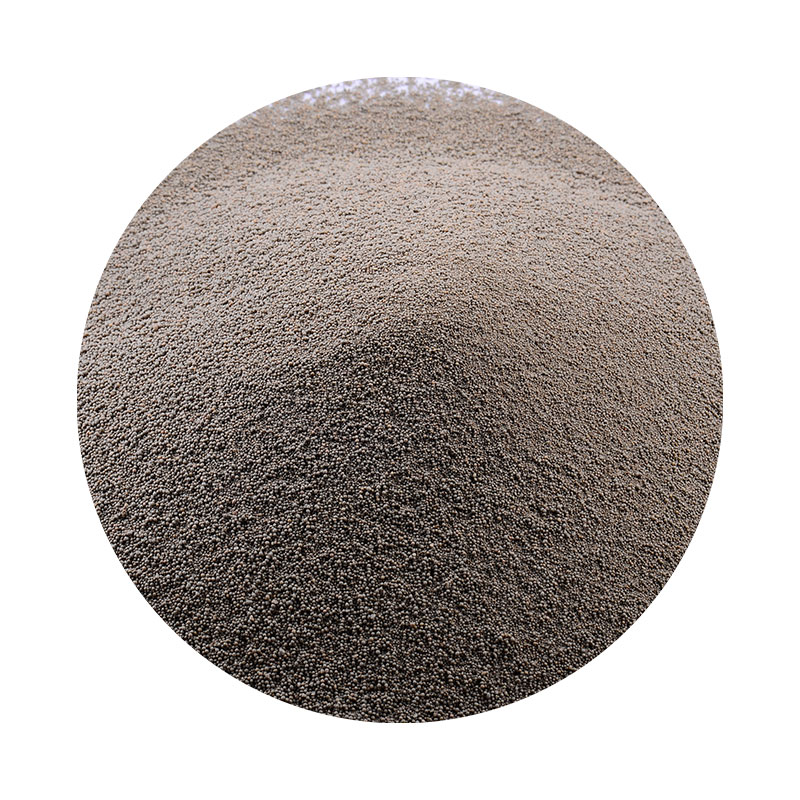The Best Way to Sand Stainless Steel
Sanding stainless steel can seem like a daunting task, but with the right techniques and tools, it can be accomplished efficiently and effectively. Whether you’re looking to remove weld marks, prepare a surface for painting, or simply restore a dull finish, understanding the best practices for sanding stainless steel is essential for achieving a polished result.
Understanding Stainless Steel
Stainless steel is a durable and corrosion-resistant material, but its hardness can make sanding a bit tricky. There are various grades of stainless steel, and the one you're working with might require different sanding techniques. Typically, the higher the grade, the more difficult it can be to sand.
Choosing the Right Tools
The first step in sanding stainless steel is selecting the right tools. For larger areas, a belt sander or an orbital sander works well, while hand sanding may be suitable for more delicate tasks or intricate areas. When it comes to sandpaper, it’s crucial to use the right type. Aluminum oxide sandpaper is a popular choice due to its durability and effectiveness on stainless steel surfaces.
Start with a lower grit sandpaper, such as 120 or 150 grit, to remove any rough spots or imperfections. Once you’ve achieved a smoother surface, transition to higher grits, such as 220 or 320, for a finer finish. For final polishing, you can use even finer grits—600 or 800 grit—depending on the shine you desire.
best way to sand stainless steel

The Sanding Process
1. Preparation Before you begin sanding, ensure the area is clean and free of any debris. It’s advisable to wear safety goggles and a face mask, as sanding can create fine dust.
2. Sanding Technique When sanding, it’s important to use even pressure and keep the sander moving to avoid creating flat spots or gouges in the material. For hand sanding, apply gentle, consistent strokes along the grain of the metal. This technique helps preserve the integrity of the surface and ensures a smoother finish.
3. Cooling Periods Stainless steel can heat up quickly during sanding, which can lead to warping or discoloration. To prevent this, take breaks to allow the material to cool down. Additionally, consider using lubricant, such as water or cutting fluid, particularly when sanding with lower grits. This can help dissipate heat and extend the life of your sandpaper.
4. Final Touches Once you’ve reached the desired smoothness, remove any dust from the surface using a clean cloth or tack rag. If you’re looking for a mirror-like finish, a buffing wheel with polishing compounds can be employed after sanding.
Conclusion
Sanding stainless steel requires patience and the right approach, but the results are worth the effort. By selecting the correct tools, techniques, and grit progression, you can restore or enhance the appearance of your stainless steel surfaces. Always prioritize safety and take your time—in the end, a well-sanded stainless steel surface can significantly elevate the aesthetic and professional quality of your project. Whether for personal projects or professional applications, mastering the art of sanding stainless steel opens up a world of possibilities for achieving stunning results.
Post time:Sep . 22, 2024 14:54
Next:sand casting foundry
